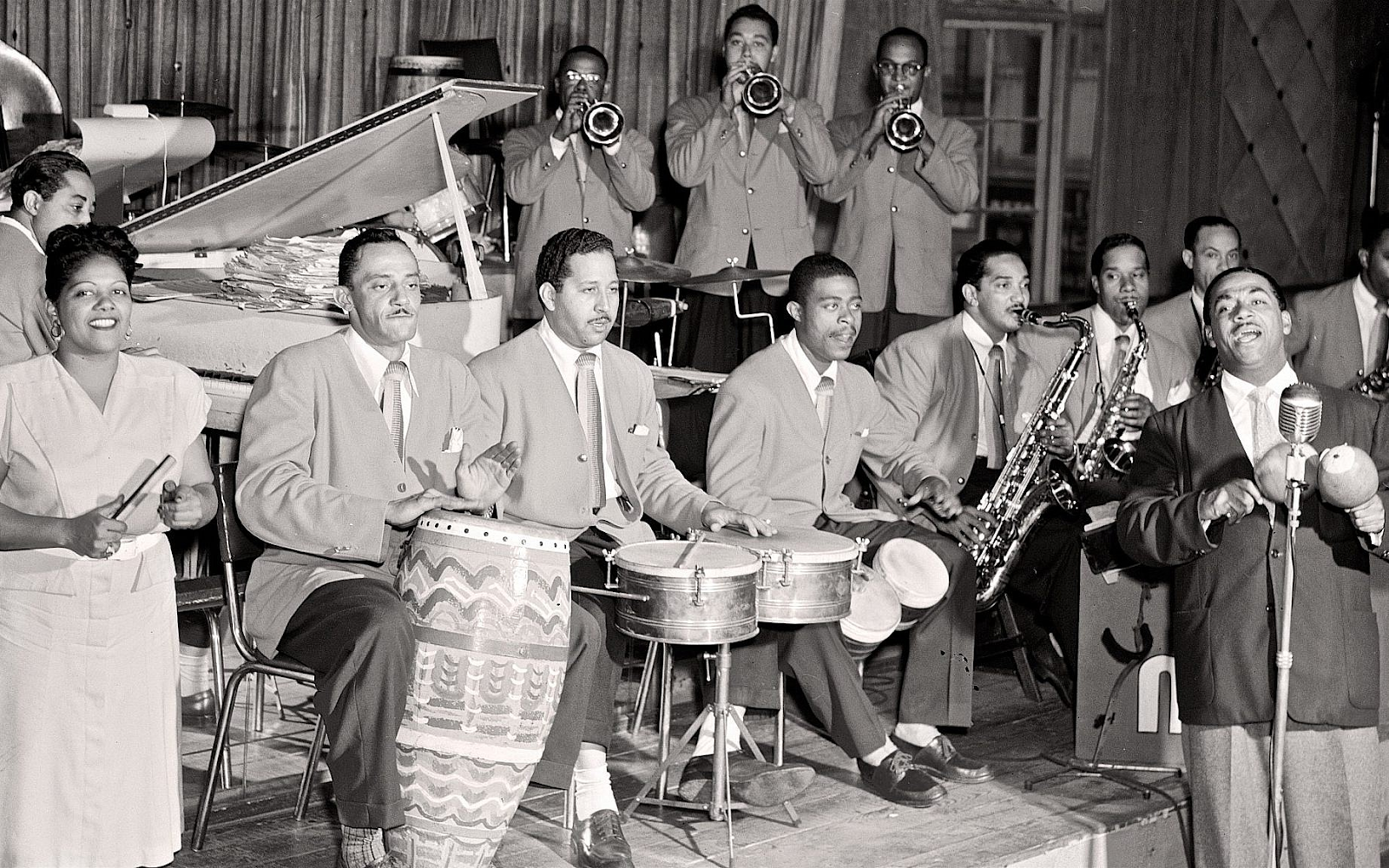Final Reflection
Final Reflection Coming into this class, I knew very little about salsa as a dance, music, and culture. Now, after having been in this class for the past eight weeks, I feel that I have learned so much about the many different types of salsa and all of the rich history and culture of the salsa. Prior to this course and all of its valuable information and discussions, all that I thought of the salsa was that it was just a Latin dance that was danced to a certain type of music. But, now my viewpoint of the salsa has changed tremendously from where it was before. I learned so many valuable things about rhythm, music, types of salsa, and the history of salsa. But, if I had to choose three of my main key takeaways from learning about salsa throughout the course of this past semester would be that salsa is an extremely diverse and inclusive dance and culture, how salsa has changed and morphed into something new in a drastic way over the many years it has been a very popular dance, and that s...


